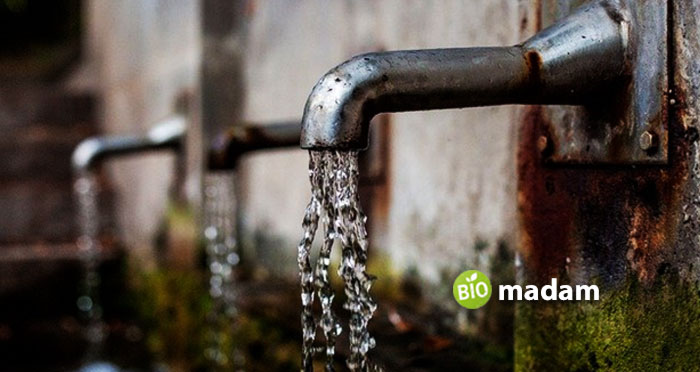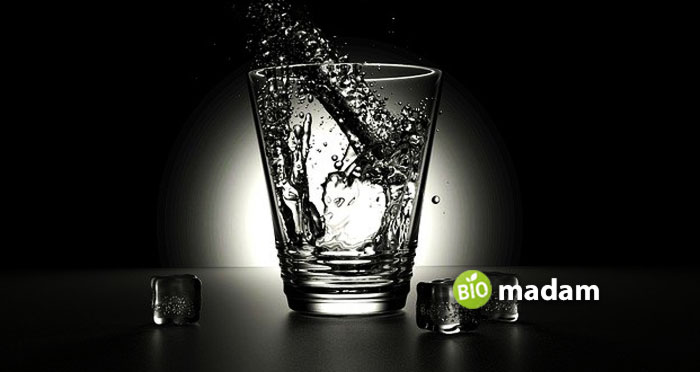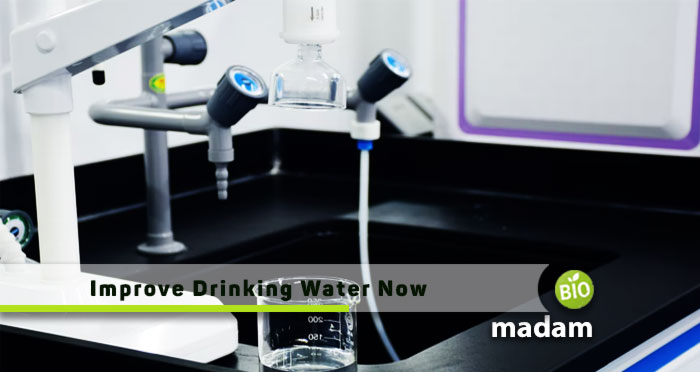There are many factors that can make your drinking water less than desirable. The contaminants in your water storage could include but are not limited to: lead, parasites, bacteria, fertilizers, pesticides and herbicides, industrial chemicals, and more and this is why improving your drinking water is important. Here is how.

1. Reverse Osmosis System
Reverse osmosis is a well-known method of improving drinking water. It requires a high amount of water pressure (75 psi) but is proven to remove up to 97% contaminants in your drinking water. You can go now and choose the best one for you. Reverse osmosis system components include pre-filter, reverse osmosis membrane, post-filter, and By-Product Removal System (BPR). The filtration process itself consists of the filtration tanks with two compartments (with filters placed at each end), ion exchange resin, diffusers, and valves. Reverse osmosis systems are sometimes referred to as hyperfiltration systems because they can be used for industrial applications such as food processing plants or beverage plants.
2. Water Softener
Water softeners are used to remove minerals such as calcium and magnesium from the drinking water. These minerals, when accumulated in our body, can cause heart disease and also affect hair and skin health. Water softeners improve the taste of your filtered drinking water by preventing scale buildup, which could clog your plumbing system. When it comes to choosing a softener for your home, you will need to take into consideration: the size of your household (how many people use water), how hard is your local water and what type of contaminants are present in the water source. Water softener brine tank contains sodium chloride dissolved in water, so be sure to store it properly outside or away from areas where there are children around.
3. Activated Carbon Filter
Activated carbon filters are not a new invention and have been used for many purposes, from water purification to air filtration. They have micropores in them, which help them to remove contaminants such as chlorine or organic chemicals from your drinking water. It is a great option if you don’t want a separate pre-filtration for your reverse osmosis system. These filters should be replaced every 2 months when dealing with heavy usage and once a year in case of low usage, depending on the quality of the activated carbon filter that you use. In addition, there are granular activated carbons that can be used without replacing them, which can save you money in the long run.
4. Ceramic Filters
Ceramic filters are made of hardstand clay and work by using multiple layers of filtration system during the purification process. They are effective for removing chlorine taste & odor, organic chemicals, heavy metals, and other contaminants from drinking water while keeping beneficial minerals in your drinking water which is very important for health reasons. The ceramic filter consists of 1 outer shell that is cylindrical where you can change cartridges or pre-filters easily, 6 ceramic rings with the size of 6” in diameter, and 1 coarse sediment filter that helps to keep sediments down. Change pre- every 6 months if you have low usage, every 6 weeks if your family is 4-6 members, and every 2 months in case of heavy usage. Keep an eye on the condition of your ceramic filter to see how much sediment it filters!
5. Ultraviolet light (UV) water purification systems
Ultraviolet technology is used mostly in commercial applications such as food processing plants due to its high effectiveness when it comes to eliminating chlorination byproducts, which are known for their carcinogenic nature. Even though UV filters should be used before reverse osmosis systems since the latter one can clog very easily, nowadays, there are some inline combination units that have both functions within them, so you don’t have to worry about pre-filtration anymore. These systems are relatively expensive, but if you can afford them they will make your water taste and smell great while keeping dangerous contaminants out of your glass.
Why Should you Invest in Improving Your Drinking Water?
Investing in a great drinking water filtration system for your home is a great way to protect your family from different harmful contaminants that can be present in tap or well water. For example, there are many heavy metals such as lead and mercury that, when accumulated in our body, pose a serious health hazard that can cause cancer and other diseases. Furthermore, some research has shown that lead pipes used to carry the water from the street to homes can also be a source of contamination, so it is important to make sure you have a high-quality filter on your tap to prevent this from happening.

Another great benefit of investing in a filtration system is that it can save you money. If your tap water was safe to drink, the city would not be able to sell it for high prices, right? Therefore, by buying a filtration system you will actually pay less than what you were paying before since now that you are filtering the water it is no longer considered for drinking purposes.
As you can see, there are many benefits to investing in a filtration system for your home. By choosing the right one that suits your needs, you will ensure that you and your family have access to pure, healthy drinking water at all times. Water is the most essential element of life, make sure you stay hydrated with the best quality water.

Hi, they call me Jenna, and I am also known for achieving a gold medal during my Ph.D. in science life. I always had a dream to educate people through my utmost writing hobby. So, I chose this blogging path, and Biomadam gave me this opportunity to present for them. I now stand to entertain you. Continue reading my articles & discuss if you’ve any confusion through the comment section below.

